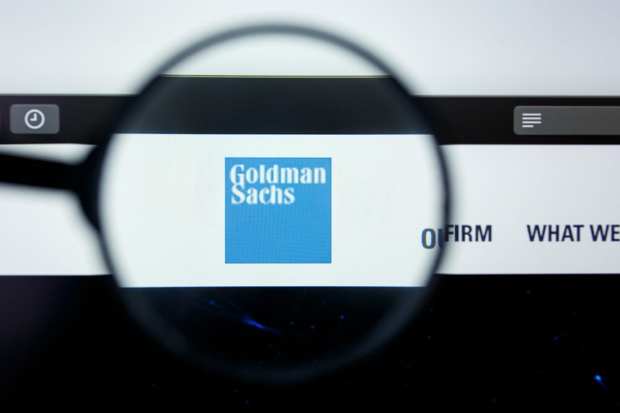Goldman Closes Marcus UK To New Deposits Amid Savings Surge

A global savings surge amid the coronavirus lockdowns is forcing Goldman Sachs to shut off its Marcus savings accounts to new customers in the United Kingdom.
Goldman is taking the surprising measure after its easy-access Marcus savings accounts, which feature significantly better returns than the anemic rates of traditional offerings, attracted $27 billion in deposits from 500,000 users in the U.K. in less than two years, Reuters reported.
About 20 percent of that growth has come in just the last three months, since the U.K. and countries across the world shut down large swaths of their economies in mid-March to head off the spread of the COVID-19.
While the numbers certainly attest to the success of the Marcus accounts, the huge inflow of cash has also created a regulatory headache for Goldman by triggering financial system stability rules in the U.K.
Under those regulations, Goldman, in order to enable Marcus to keep taking deposits, would be forced to break off Marcus into a separate, freestanding entity, a practice known as “ring-fencing.”
However, launching Marcus on its own would deprive it of the corporate support from Goldman, which has enabled the savings and loan startup to offer highly competitive rates, executives have argued. Under such an arrangement, Marcus would have its own corporate board and would be limited in sharing capital with Goldman.
“We’ve really seen our growth accelerate under lockdown as people hold off on discretionary spending and take time to reorganize their finances and get the best deal for their money,” Des McDaid, head of Marcus U.K., told the news agency.
Still, executives at competing British banks are not likely to shed many tears over Marcus’ decision to stop taking new deposits, with the Goldman startup having injected a strong measure of competition into a previously staid market.
Goldman launched its Marcus savings accounts in the U.K. in September of 2018. Interest in the accounts, which offered an interest rate of 1.5 percent and the ability to withdraw money without fees or charges, soon gained in popularity.
“Over the last decade, savers have been on the wrong end of low interest rates,” McDaid said in a statement that accompanied Marcus’ U.K. launch. “We want to reverse the trend – literally putting the interest back into savings and make saving worthwhile again.”
